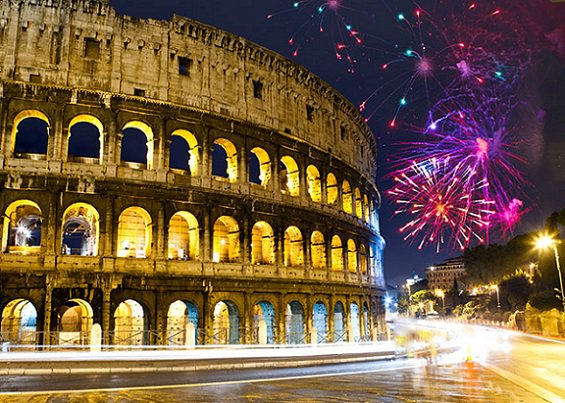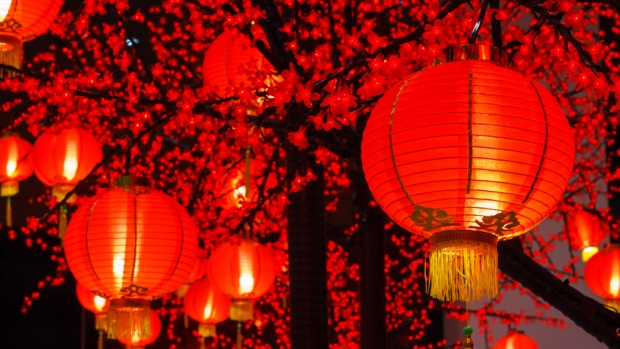
The celebration of the New Year in different countries is connected with traditions that have been preserved for centuries. Already our oldest predecessors believed that the way they received the New Year would be the way they would live during each of their days. Nowadays, different “rituals” are put into practice in different countries in order to attract good luck, prosperity and well-being.
Thus, in Spain there is the tradition on New Year’s Eve called “eating the grapes”, where they are consumed without interruption for each bell that announces the change of calendar. There are those who, as they eat the twelve grapes, ask for a wish for each one, since they represent one by one the months of the new year.
For its part, the tradition of eating a good plate of lentils during the New Year’s Eve dinner is widespread in Italy. “And the more you eat, the more you earn …” is the popular belief that goes back to the ancient Romans, who gave these legumes at the beginning of the year in order to increase their purchasing power by converting them into gold coins.

In Russia and Ukraine there is a tradition of “persuading the animal”: the pattern of the new year. The persuasion work is done during the six months prior to the celebration, since you can buy toys, chocolates, souvenirs and calendars with your image. In Germany, on the other hand, people of all ages, as soon as the clock starts announcing midnight, get on the chairs and with the last beat of the clock “jump in unison” in the new year.
In Greece, the new year is the day of St. Basil, who became famous for his extraordinary kindness. Therefore, children leave their shoes near the fireplace, hoping that the saint will fill them with gifts. While in England, according to an old custom, when the clock starts beating the twelve times announcing the change of year they open the back door of the homes to release the year that is finished, and with the last blow they open the front door to receive to the new year.
In modern China, the New Year is a festival of lanterns. On the eve of the New Year thousands of small lanterns are lit in the streets and squares with the hope that their sparks will drive out the evil spirits. It should be noted that in China as in many other Asian countries, the New Year is celebrated between January and February, so it is also associated with the end of winter and the beginning of spring.

During the festivities of Rosh Hashanah, the Jewish New Year, apple-based foods with honey are ingested to symbolize the yearning for a sweet year, and other special foods that symbolize the blessings for the new cycle. In Algeria, Bahrain, Jordan, Lebanon, Morocco and Pakistan welcome “Muharram”, the first month of the year of the Muslim lunar calendar. A few weeks before this date, Muslims put grains of wheat or barley in the water dish to germinate. For the beginning of the new year the buds that symbolize the beginning of a new life are born.
Rituals and traditions that fill the world with color to celebrate the arrival of a new cycle in all corners of the world.
This post is also available in: Русский (Russian) Español (Spanish)


